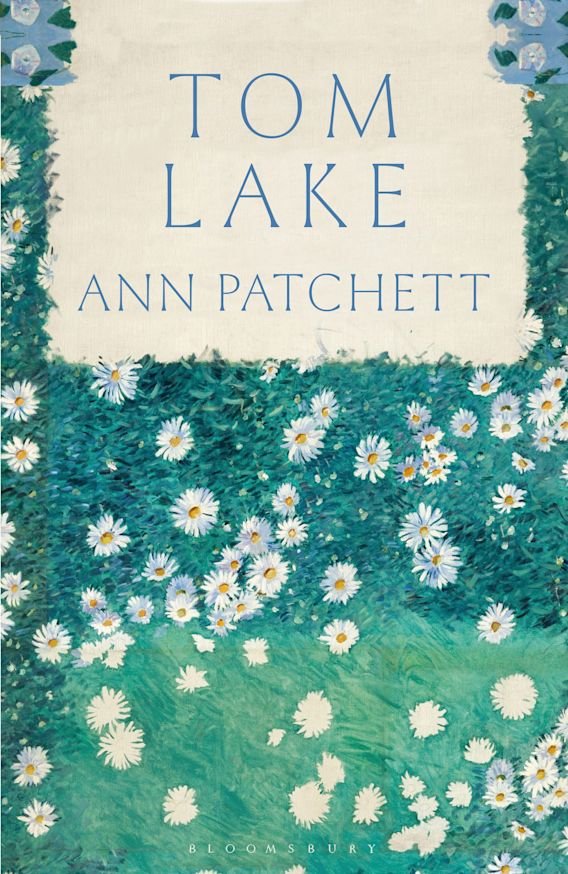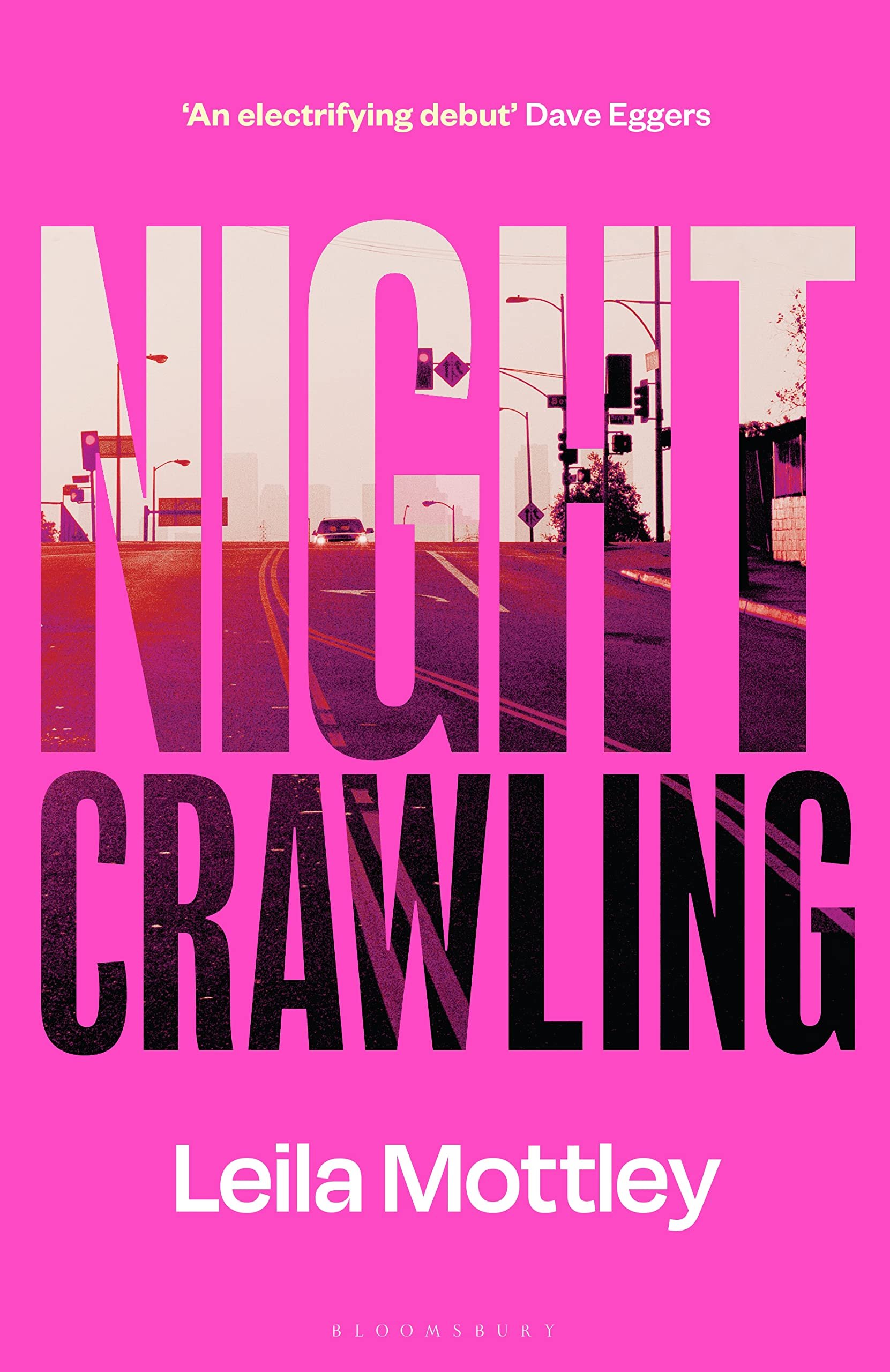I felt very tense reading this story set in the near future given how plausible and real it feels. Lalami's tale taps into an anxiety many of us probably share about how our conversations, search histories, identities and daily life are being recorded by the technology we use. Nevertheless, most of us submit to this because the convenience and benefits outweigh any immediate fear about how this information might be used by corporations or government bodies. In many ways the protagonist Sara is a typical American going about her life when she's suddenly yanked out of her routine at the airport because it's suspected she might commit a crime (and she offends the egos of those questioning her.) Part of the reason for her high risk score is due to dreams she's had which have fed into an algorithm that has categorized her as a potential threat. She's kept in a retention facility for what she's told will only be a few weeks, but it extends much longer. Following the increasingly degrading conditions of her life, the intense suspicion which surrounds her and the steady wearing away of her freedom is terrifying. I found it especially horrifying how her own husband seems to eventually suspect she must have done something wrong to be in this situation. Given the potential for so many aspects of our lives to be under surveillance and measures that governments take to retain people under suspicion it feels like a potential situation that's not too far from our present reality.
Of course, Sara's heritage plays a part in the story as well. Since her last name is Hussein and her family come from Morocco she's grown up accustomed to automatically being under more suspicion – especially in situations like US airports. An American friend of mine has an Arabic surname and she's told me how she wears loose fitting clothing whenever she flies in and out of the US because she knows she'll be strip searched every time though she's never committed any crime. It's terrible the way in which people continue to be profiled and treated differently in ordinary circumstances. It was moving reading the section about Sara's memories regarding how her family reacted to these situations, veering between a desire to completely comply to avoid getting into trouble and an impulse to rebel against unfair treatment. This sliding scale of natural reactions is mirrored in the facility in which Sara is incarcerated to be monitored. Though there's a wide variety of women of different ethnicities and backgrounds in the retention facility, it feels significant the story is focused through Sara as someone especially vulnerable to being targeted. Naturally this must be a source of ever-present anxiety and the outrageous persecution she experiences is like a manifestation of the threat she's always lived under.
The novel initially moves between the details of the incident where she's stopped at the airport and her time spent in the retention facility. I found it effective how it shows this encounter at the airport as a seemingly benign annoyance, but then it becomes terrifyingly dangerous as she's determined to be a risk and taken away. Maybe this is because we're all accustomed to occasionally needing to submit to such questioning at places like airports. However, after following Sara's encounters with a number of other women being held at the facility the narrative skips to the story of inmate Julie who has been released. Now that Julie is back home after only a few weeks it's revealed she was a plant from Dreamsaver Inc who went inside the facility to collect data directly. Though this adds to the plot of the story, I felt surprised Julie's experiences in the facility didn't cause her to question the morality of either her company's work or a system which was incarcerating innocent people under strained conditions. I suppose she is so ingrained in the system that she fully believes in it and feels above it so that the possibility of her own real indefinite retention seems impossible to her. It reminded me somewhat of Kushner's choice in “Creation Lake” in its focus on an immoral character. However, since we only briefly get a section with her and Sara's discovery about Julie's identity doesn't really lead anywhere this felt like more of a distraction from the primary focus of the story.
I found it effective how the retention facility is in a former school. This adds a constant solemn sense that this used to be a building focused on education and now it's a place which grinds down the lives of innocent individuals. There are occasional references to children's things on the walls which remind Sara that it used to be a school and this comes to feel like a sad commentary on how the world has changed. This is also a location which wasn't originally designed to be used for this purpose and its inadequacy becomes even more clear when there is the threat of the wild fires which mean they must be temporarily moved. The chaotic and improvised nature of their being evacuated increases the draconian measures taken to incarcerate them like criminals rather than people merely being monitored. I appreciated how this element of the story also reminded us that there are considerations such as climate change which are affecting increasingly harsh regulations and add to the pressure society is under.
I enjoyed how Lalami built up an understanding how this facility wasn't so much about keeping people safe from potential threats but enhancing the profits of companies which capitalise on both the cheap labour of the inmates and the products which the detained must purchase for themselves – especially if they want to communicate with the outside. There's a section which recounts a series of messages between Sara and PostPal which felt especially effective because who among us hasn't faced difficulties with companies where the service or product we've received is inadequate, but trying to get compensation through phone calls or emails feels like communicating with a computer which only gives rote and insufficient responses?! I could really feel Sara's mounting frustration. There's the irony that Sara must act impeccably during her retention but the system holding her continuously experiences faults. These faults may be intentional to put pressure on the detained or they might be real mechanical difficulties. In either case, the government and corporations are not held accountable for these faults. This adds to the sense of injustice within this whole situation and all power resides within a faceless system or the petty power trips of authorities in the facility like a character named Hinton. Sara is continuously told by the authorities, her legal advice and family that she simply needs to “follow the rules” but the story shows how this is actually impossible.
I enjoyed how how there's an ambiguity to the story's end which left me pondering not only the novel as a whole but the reality of Sara's present circumstances. Reading this book has certainly made me think more carefully about how much I'm allowing myself to be monitored and actively sharing information with companies which claim my privacy will remain secure. However, as we all know, there have been countless stories of data leaks or companies inappropriately selling off user details. I found it especially intriguing that the author describes how she wanted this book to feel more like history than a speculation about the future and how she created this sense in the novel by including documents like archival material. I think this does make the novel more effective and I appreciated getting small insights into what was happening outside of Sara's immediate experience. I felt the novel as a whole was mostly successful but some parts came to feel a bit too repetitive and, though it made sense there was such a large cast of characters, the brief glimpses we got of their stories weren't always sufficient to understand their experiences. Overall, this book came across as a refreshing take on serious and relevant concerns about technology and personal security.






















